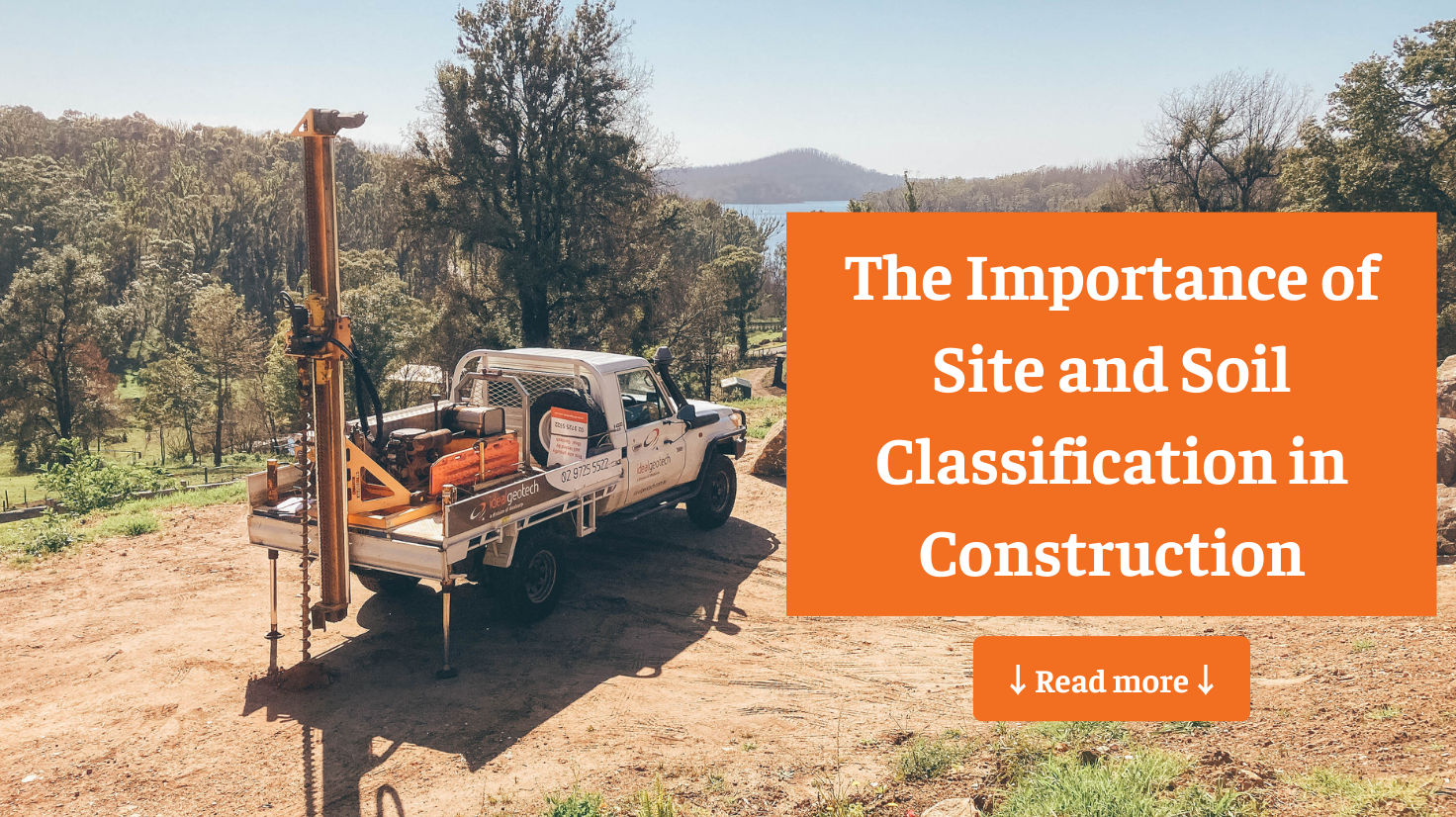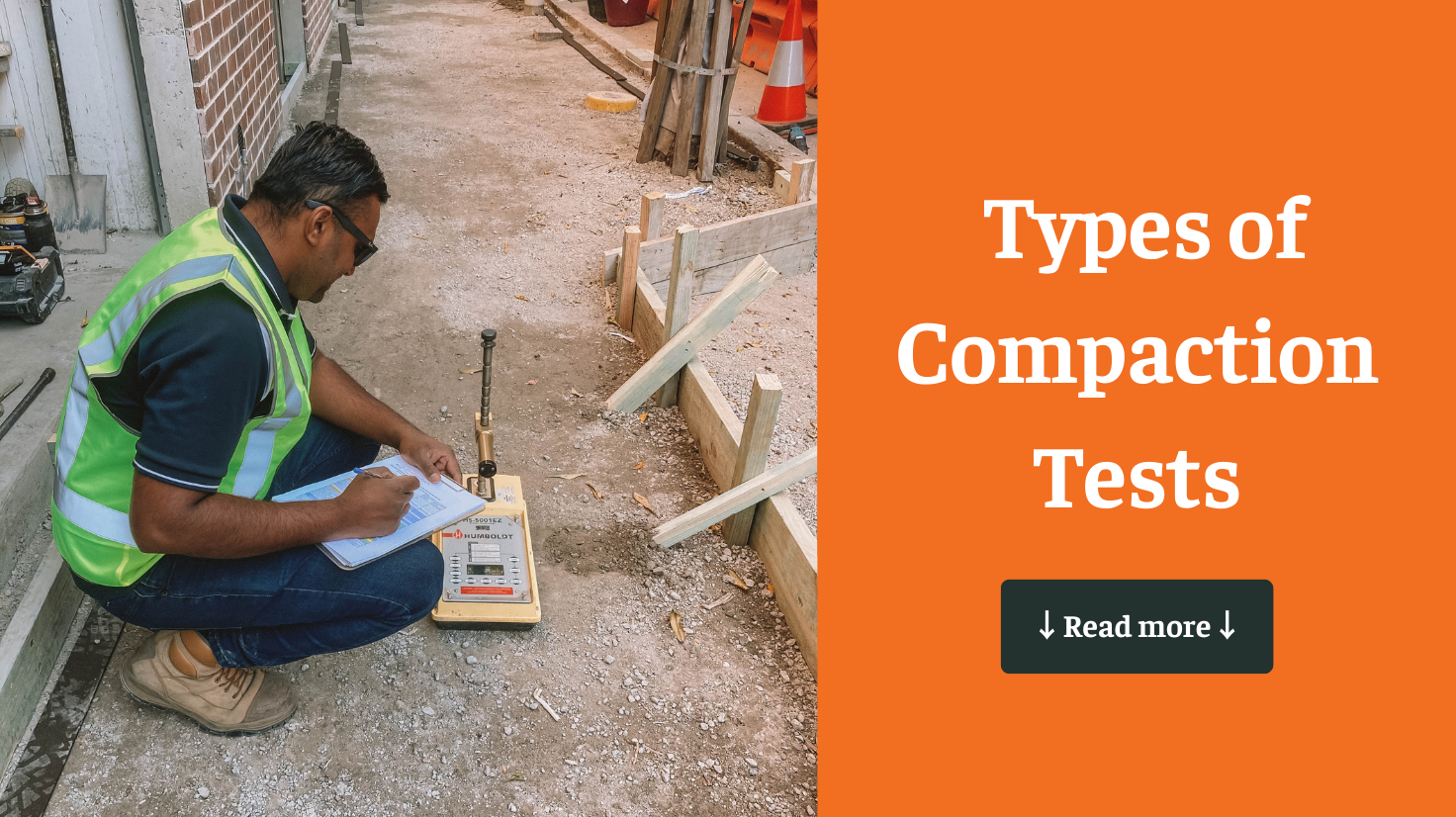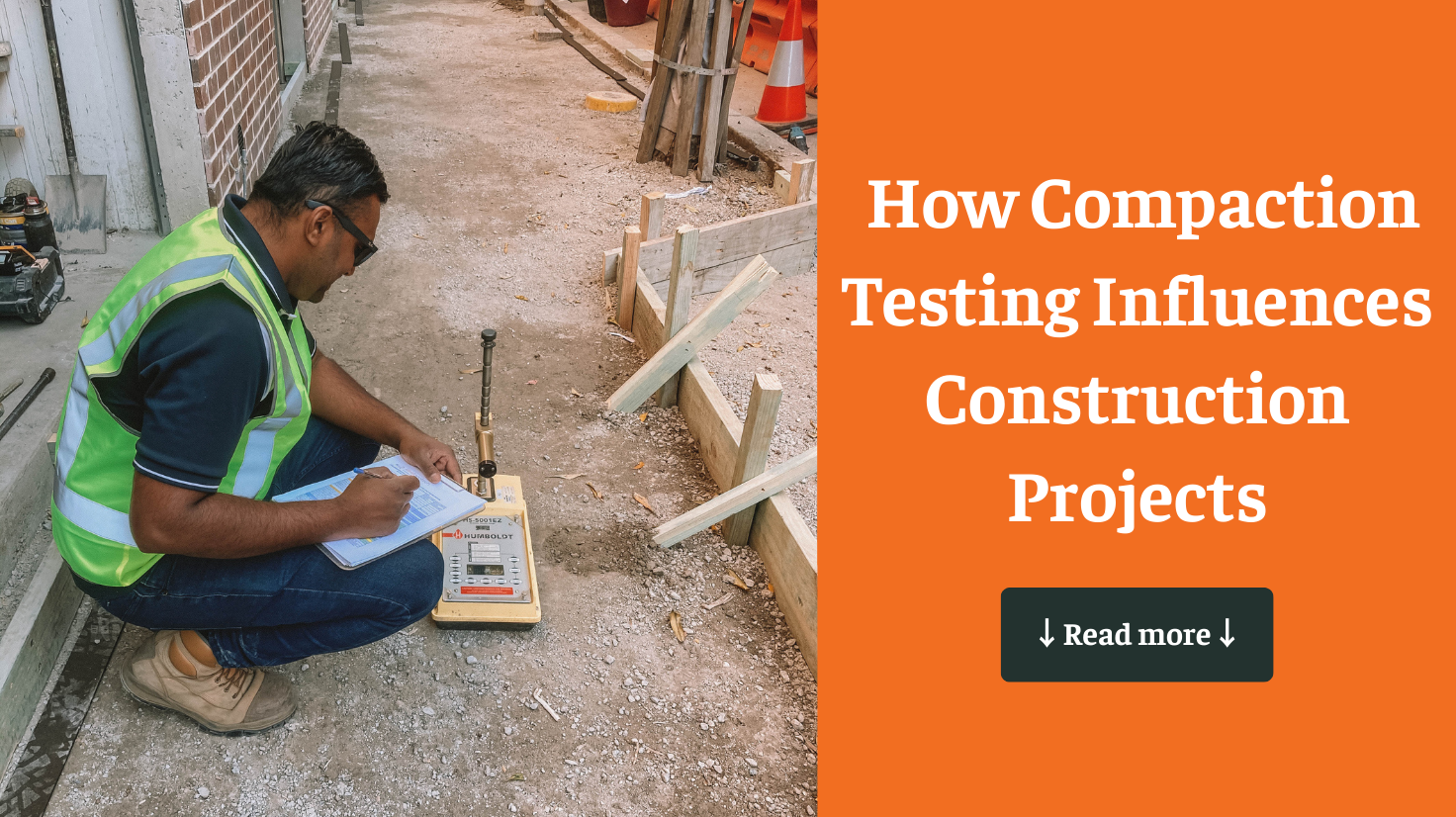Ensuring the stability and safety of any construction project begins with a thorough site and soil classification. These critical processes are essential for understanding ground conditions and soil properties, which have a direct impact on the design, durability, and overall success of building foundations.
Whether you are a homeowner planning a new build or a major home builder embarking on a large-scale project, proper site and soil classification is a crucial step to ensure compliance with Australian Standards and to avoid costly surprises during construction.
1. What is Soil Classification?
Soil classification is the systematic process of categorising soil based on its physical and chemical properties. This process is fundamental in geotechnical engineering as it helps predict the behaviour of soil under various environmental conditions, which is vital for designing foundations that can withstand different stresses. Site and soil classification consider factors such as soil type, plasticity, moisture content, and bearing capacity, providing a comprehensive understanding of the ground conditions.
- Soil Type: Identifying whether the soil is sand, clay, silt, or a mixture helps determine its load-bearing capacity and stability. Each soil type reacts differently to moisture and stress, affecting how a foundation should be designed.
- Plasticity: This refers to the soil’s ability to undergo deformation without cracking or breaking, which is crucial for understanding how soil will behave under load. High plasticity soils, like clay, can swell or shrink significantly with changes in moisture content, necessitating specific foundation designs.
- Moisture Content: The amount of water present in the soil influences its density, strength, and stability. Moisture levels can vary due to seasonal changes, and understanding these variations is essential for designing foundations that remain stable over time.
- Bearing Capacity: This is the maximum load per unit area that the soil can support without experiencing shear failure or excessive settlement. Knowing the bearing capacity helps engineers design foundations that can safely support the structure.
2. Why Site and Soil Classification are Critical in Construction
Site and soil classification are indispensable in construction for several reasons. These classifications not only inform the design process but also ensure that the building will be safe, durable, and compliant with all relevant standards.
2.1. Foundation Design
The primary purpose of site and soil classification is to provide detailed information that engineers use to design appropriate foundations. Different soil types have varying capacities to support weight, and understanding these properties ensures that the foundations are built to last. For instance, a structure built on clay soil may require deeper or more robust foundations compared to one built on sandy soil, which is generally more stable. By tailoring the foundation design to the specific soil conditions, engineers can prevent issues such as uneven settlement, which can lead to cracks and structural damage.
2.2. Structural Safety
Proper site and soil classification are essential for identifying potential issues such as soil shrinkage, swelling, or instability. These issues, if not addressed early, can compromise the safety and integrity of the structure. For example, expansive soils that swell when wet and shrink when dry can cause significant movement in the foundation, leading to cracks in walls, floors, and ceilings. By conducting a thorough site and soil classification, these risks can be identified and mitigated during the design phase, avoiding costly repairs or structural failures down the line.
2.3. Compliance with Standards
In Australia, site and soil classification are governed by stringent standards such as AS2870, which covers the design and construction of residential slabs and footings. Adhering to these standards is not only a legal requirement but also ensures that the construction meets all regulatory requirements, providing peace of mind and legal compliance. A thorough site and soil classification help ensure that your project is compliant from the start, reducing the risk of non-compliance issues that could lead to delays, fines, or even the need to redo parts of the construction.
2.4. Accurate Cost Estimation
One of the key benefits of conducting a site and soil classification is that it allows for more accurate cost estimation. By knowing the soil conditions beforehand, builders can better anticipate the types of foundations and construction techniques required, which helps in creating a more precise budget. This reduces the risk of unexpected expenses due to unforeseen ground conditions, which can significantly impact the overall cost of the project. Accurate cost estimation is essential for keeping the project on track financially and avoiding budget overruns.
2.5. Environmental Considerations
Site and soil classification also take into account environmental factors that can affect the durability of construction materials. For example, soils with high salinity can corrode concrete and steel, leading to premature deterioration of the structure. Similarly, acid sulfate soils, which are common in coastal areas, can release sulfuric acid when disturbed, causing severe damage to the foundation and surrounding environment. By identifying these conditions early, appropriate measures, such as the use of specialised materials or protective coatings, can be taken to mitigate their effects, ensuring the longevity and safety of the building.
3. Ideal Geotech: Your Trusted Partner for Site and Soil Classification
Ideal Geotech specializes in providing comprehensive lot classification reports within 5-7 days in metro areas. Our experienced team and extensive fleet of geotechnical rigs cover NSW, and South East Queensland, making us a trusted partner for both major home builders and individual homeowners.
For more information or to request a site classification report, visit our website or contact our team today. Ensure your construction project is built on solid ground with a thorough geotechnical report from Ideal Geotech.






